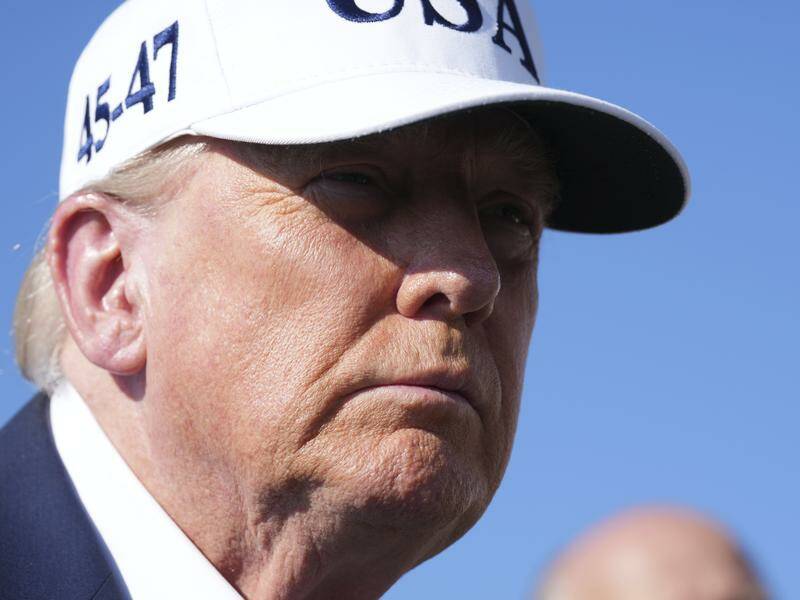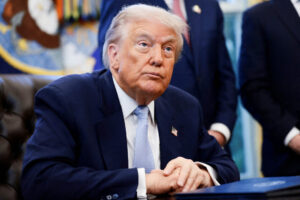
President Donald Trump has intensified the ongoing trade war by notifying several key trade partners, including Japan and South Korea, of a significant increase in U.S. tariffs starting August 1. This move marks a new phase in the trade conflict that has been unfolding since earlier this year.
The imposition of a 25 percent levy on U.S. importers of goods from these allies has already sent ripples through financial markets. The S&P 500 Index experienced a sharp decline, though Asian markets appeared to absorb the news with more resilience. Trump’s letters, sent to 14 countries including smaller exporters like Serbia, Thailand, and Tunisia, suggested room for further negotiations while cautioning that any retaliatory measures would be met with equivalent responses.
“If for any reason you decide to raise your Tariffs, then, whatever the number you choose to raise them by, will be added onto the 25% that we charge,” Trump stated in letters to Japan and South Korea, released on his Truth Social platform.
Global Trade Tensions and Market Reactions
The higher tariffs, set to take effect on August 1, will not combine with previously announced sector-specific tariffs, such as those on automobiles and steel. This means, for instance, that Japanese vehicle tariffs will remain at 25 percent, rather than doubling to 50 percent. The clock is ticking for countries to finalize deals with the U.S. since Trump initiated a global trade war in April, causing financial market turmoil and prompting policymakers to safeguard their economies.
Trump recently signed an executive order extending the deadline for negotiations to August 1, offering a temporary reprieve. When asked about the firmness of the deadline, Trump remarked, “I would say firm, but not 100 percent firm. If they call up and they say we’d like to do something a different way, we’re going to be open to that.”
Negotiation Dynamics and International Responses
The uncertainty surrounding the outcome of these trade talks has left much of the world on edge. While some countries have managed to reach agreements—such as Britain and Vietnam—others, like Japan and South Korea, are still in negotiations. Wendy Cutler, Vice President of the Asia Society Policy Institute, expressed concern over the tariff hikes on imports from close U.S. allies but remained hopeful for a breakthrough in negotiations.
“While the news is disappointing, it does not mean the game is over,” Cutler commented.
Trump’s tariff strategy includes imposing 25 percent tariffs on goods from Tunisia, Malaysia, and Kazakhstan; 30 percent on South Africa, Bosnia and Herzegovina; 32 percent on Indonesia; 35 percent on Serbia and Bangladesh; 36 percent on Cambodia and Thailand, and 40 percent on Laos and Myanmar.
Political Reactions and Future Prospects
Japanese Prime Minister Shigeru Ishiba acknowledged some progress in avoiding the higher tariffs of up to 35 percent that Trump had suggested. “We have received a proposal from the United States to swiftly proceed with negotiations towards the newly set August 1 deadline, and that depending on Japan’s response, the content of the letter could be revised,” Ishiba stated during a meeting with cabinet ministers.
Meanwhile, South Korea has announced plans to intensify trade talks with the U.S., interpreting Trump’s latest actions as an extension of the grace period for implementing reciprocal tariffs. “We will step up negotiations during the remaining period to reach a mutually beneficial result to quickly resolve the uncertainties from tariffs,” the country’s Industry Ministry declared.
As the August 1 deadline approaches, the international community watches closely, anticipating the potential economic ramifications of these tariffs. The ongoing negotiations and their outcomes will likely shape the global trade landscape in the coming months.







